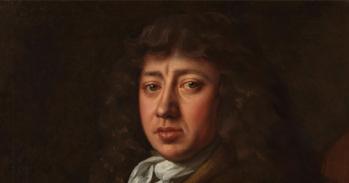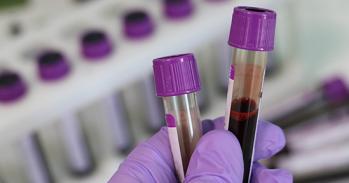
Thoroughbred racehorses have typically been associated with the highly-prized breeds of the Arabian Peninsula; but according to new research, their origins may be far more cosmopolitan than previously thought.
Thoroughbred racehorses have typically been associated with the highly-prized breeds of the Arabian Peninsula; but according to new research, their origins may be far more cosmopolitan than previously thought.
This research shows that on the contrary, British and Irish mares were hugely influential in determining their genetic make-up.
Dr. Mim Bower
In a new set of findings published today, a University of Cambridge-led team of academics reveal how modern racehorses, as well as the Thoroughbreds used for other sports such as show jumping, are perhaps as closely linked to British, Irish and European breeds as they are to the Middle East.
The study, the results of which are published in the journal Biology Letters, investigated the maternal origins of 1,929 horses by examining their mitochondrial DNA - the genetic information passed exclusively from mother to daughter.
Researchers found that 61% of the "founding mares" from which modern-day racehorses stem were from British and Irish breeds, while just 8% had possible Middle Eastern or west Asian links.
The foundations of the Thoroughbred lines date back to the 17th century. At the time, detailed records were kept about the males, as it was thought that the defining qualities of elite racehorses - such as their speed and agility - came principally from the stallions.
As a result, breeders have long-since known that all Thoroughbreds are descended from just three stallions, imported from the Middle East. The maternal line, which later generations have realised was just as genetically significant, is harder to trace.
"Some influential breeders claim that the elite Thoroughbred racehorse of the modern day is from pure Arab stock," Dr. Mim Bower, from the McDonald Institute for Archaeological Research at the University of Cambridge, and the study's lead author, said.
"This research shows that on the contrary, British and Irish mares were hugely influential in determining their genetic make-up."
Historic pedigrees show that the hundreds of thousands of existing racehorses came from 72 mares, but little is known about them. At the time, however, many of their names were not recorded. Most founding mares were named after the stallion that sired them, or simply listed as being "A Royal Mare" - meaning that they were a mare from the Royal Stud.
The research team set out to identify where these founding mares originally came from. They analysed the DNA of British and Irish horses, Middle Eastern and Western Asian horses, and horses from across Europe and Asia.
The results showed that the majority of mares behind existing Thoroughbreds were from Britain and Ireland rather than the Middle East. Genetic links were identified with Connemara, Irish Draft and Exmoor horses among others. Together, the contribution of those mares which came from the British Isles is thought to have been twice that of the Oriental (West Asian) and Arabian horses typically presumed to have mothered Thoroughbreds.
Most present-day Thoroughbreds therefore have British maternal origins, the research suggests. For instance, the 2009 Kentucky Derby winner Mine That Bird can almost certainly be traced back to Britain, since his founding matriarch, Piping Peg's Dam, foaled in 1690, shared her mitochondrial genetic type with British Native horses.
Other foundation mares came from European horse populations, as well as the Middle East. "The results suggest that the founders of the Thoroughbred breed imported fast Middle East and West Asian stallions into an already thriving racehorse breeding scene, then bred them with the best mares available at their stud," Dr. Bowers added.
The paper,The cosmopolitan maternal heritage of Thoroughbred racehorse breed shows a significant contribution from British and Irish native mares, is published in the new issue of Biology Letters.
This work is licensed under a Creative Commons Licence. If you use this content on your site please link back to this page.





